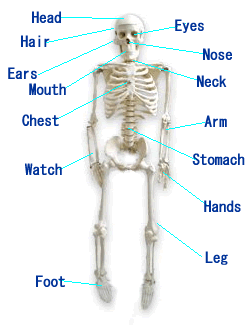
You must make every effort to make eye contact with your audience. This is the easiest way to engage with the audience. If you are looking directly at them,it is much harder for them to look away and not pay attention to what you are saying. At all costs avoid reading directly from your slides or notes. It is incredibly boring sitting watching someone read a paper word for word.
In western culture, it is expected that you will make direct eye contact with the people you are talking to. For example, if you are having a conversation with someone who is looking everywhere but at you this doesn’t usually engender confidence. Eye contact helps you to build rapport with and establish an open communication channel with your audience. For more information refer to:
Mandell, S. Effective Presentation Skills: A Practical Guide For Better Speaking. Menlo Park CA: Crisp Publications, 1993.
Of course you can't make eye contact with everyone and the last thing you would want is to make it look like you are playing ping pong with your eyes. Make eye contact slowly, with people in different parts of the audience. One technique that you might find useful is to make eye contact with the most interested looking members of the audience, that way you will feel as though what you are saying is really worth listening to. It may also be useful to begin at the back of the room and work your eyes left to right to the front, and back again.
Be sensitive to how the audience is responding to your presentation. You will need to allow time for laughter or other reactions to your talk and encourage appropriate active participation. However, don't let your audience hijack your presentation.
Be prepared to cut something short or change the direction of what you are saying if it appears you are losing your audience.
Return to Fred 